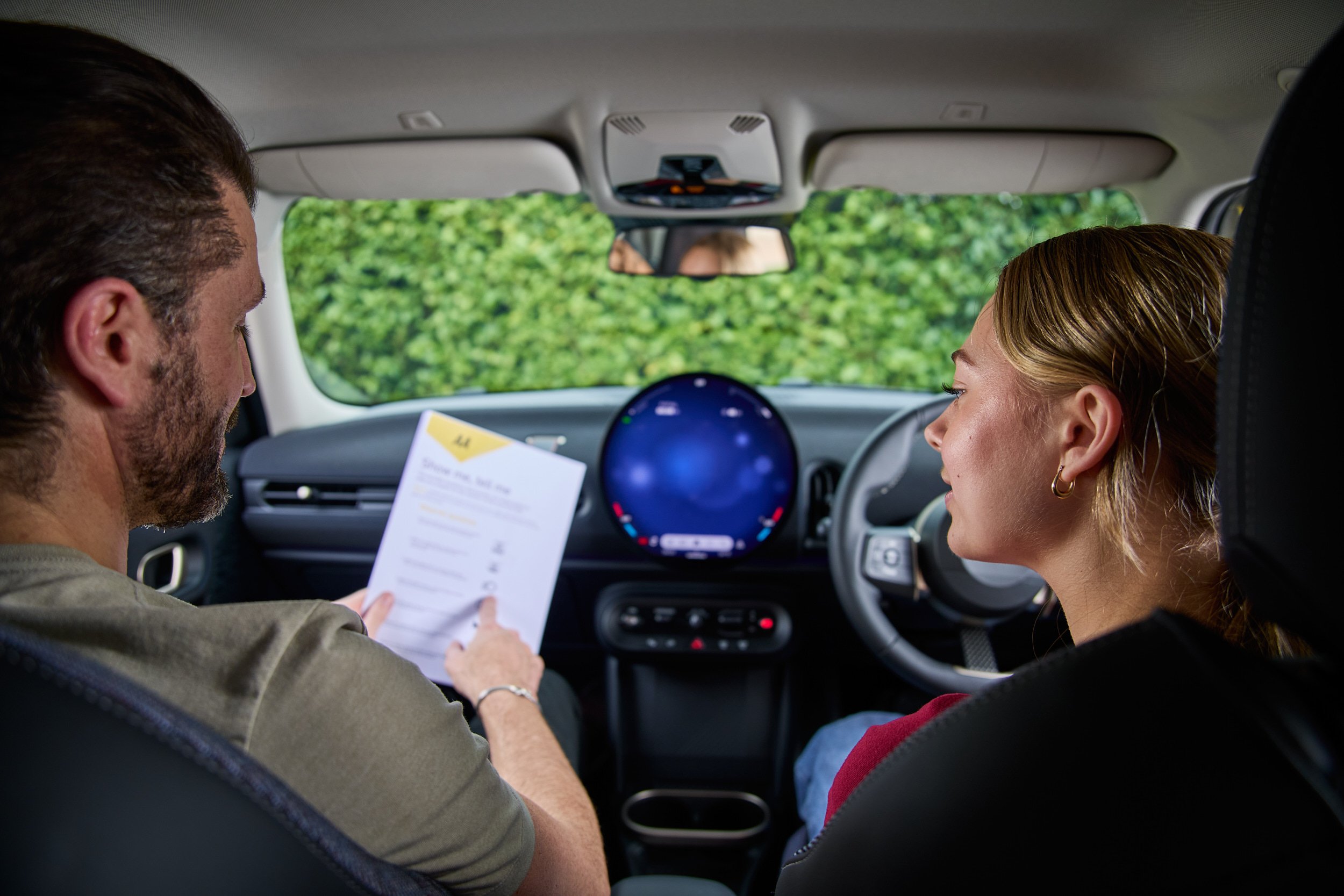There's nothing quite like taking off your L-plates and getting behind the wheel for the first time without an instructor by your side. But failing a driving test can put the breaks on those long awaited road trips, and be a real blow to your confidence. While your instructor will do their best to get you ready for the big day, there are some mistakes it's all too easy to make - especially with the inevitable test day nerves.
We've put together a list of the most common ways to fail your driving test - backed up by the Driver & Vehicle Standards Agency (DVSA) - and advice on how to avoid them.

Observations at junctions
You’ll probably have asked yourself “what is the main reason for failure?” at some point in the run up to your test. For the past 10 years, the top offender for a failed driving test has been poor observational skills at a junction - whether it's a major fault or an easily avoidable minor one which tallies up. You must be able to prove that you can pull out safely into a new road when leaving a junction; failing to notice any of the hazards around could put you and others in danger.
Use of mirrors
When you use your mirrors well, you’ll find driving is smoother, easier and safer. But not using them properly is a common mistake that can lead to a failed driving test.
Mirrors should be used:
- Before any major manoeuvre e.g. changing direction, signalling, moving off from a stationary position.
- Before a change of speed.
- Continuously as you drive to make sure you're fully aware of the space around you. This includes using both your rear view and door mirrors.
Mirrors shouldn’t be used:
- To check on anything other than the road when driving. The rear-view mirror should be positioned so you can see the vehicles behind you, not your own reflection.
Steering
Proving you have adequate control of the car could help you steer clear of picking up one of the major driving test faults. Make sure you keep a steady course and follow the contour of the curb.
Turning right
We’ll call this the reverse Zoolander – he couldn’t turn left, and a lot of learner drivers struggle to turn right out of a junction. You should remember to position your car so that it doesn’t cut the corner when making the turn.
Moving off
One of the easiest ways to fail your driving test is forgetting to do a check of your blind spots before you move off from a stationary position such as a pedestrian crossing or roundabout. This is one of the first things you’ll be marked on during your test, so make sure you start off on the right foot.
Positioning
Remember to position your car correctly, making sure you stay within markings and avoid straddling lanes. This includes keeping the right stopping distance from the car in front. Otherwise you risk this common way to end up with a failed driving test.
Control when moving off
Showing a lack of control when you're moving off could lead to repeated stalling and a failed driving test; be careful you don't move off with the handbrake on or roll backwards.
Response to traffic lights
Failing to stop at a red light is always going to be considered a very serious driving test fault, but you could also get caught out by waiting for too long at a green light. Other things to make sure you avoid are stopping beyond an advanced stop line or blocking off other road exits.
Reverse parking
During your driving test, you’ll be asked to perform one of 3 reverse parking manoeuvres. This can be difficult even for experienced drivers, but your instructor will help make sure you feel confident and competent performing these before your test. Losing control while reverse or parallel parking or having to re-position to correct a misjudgement could lead to faults.
Signals
Failing to properly signal your intentions – indicating which way you’re going, checking you're aware of the space around the car before indicating and turning – is a potential danger to you and others out on the road. Remember MSM – mirror, signal, manoeuvre. Commit this acronym to memory, it’s much more useful than OMG.
Keep these tips in mind on your big day and you should be on the road in no time. And if you're in need of some extra lessons before your test, we know just where you can find a driving instructor.
